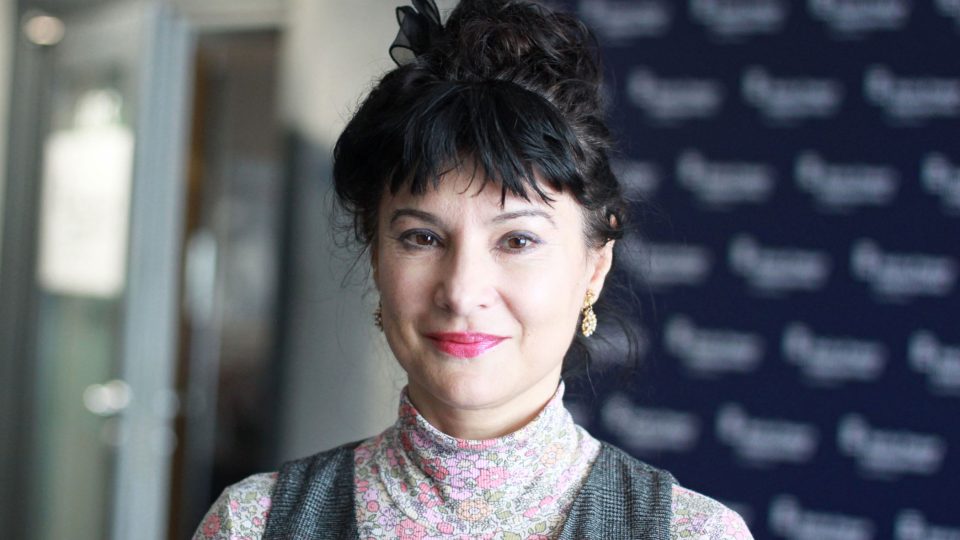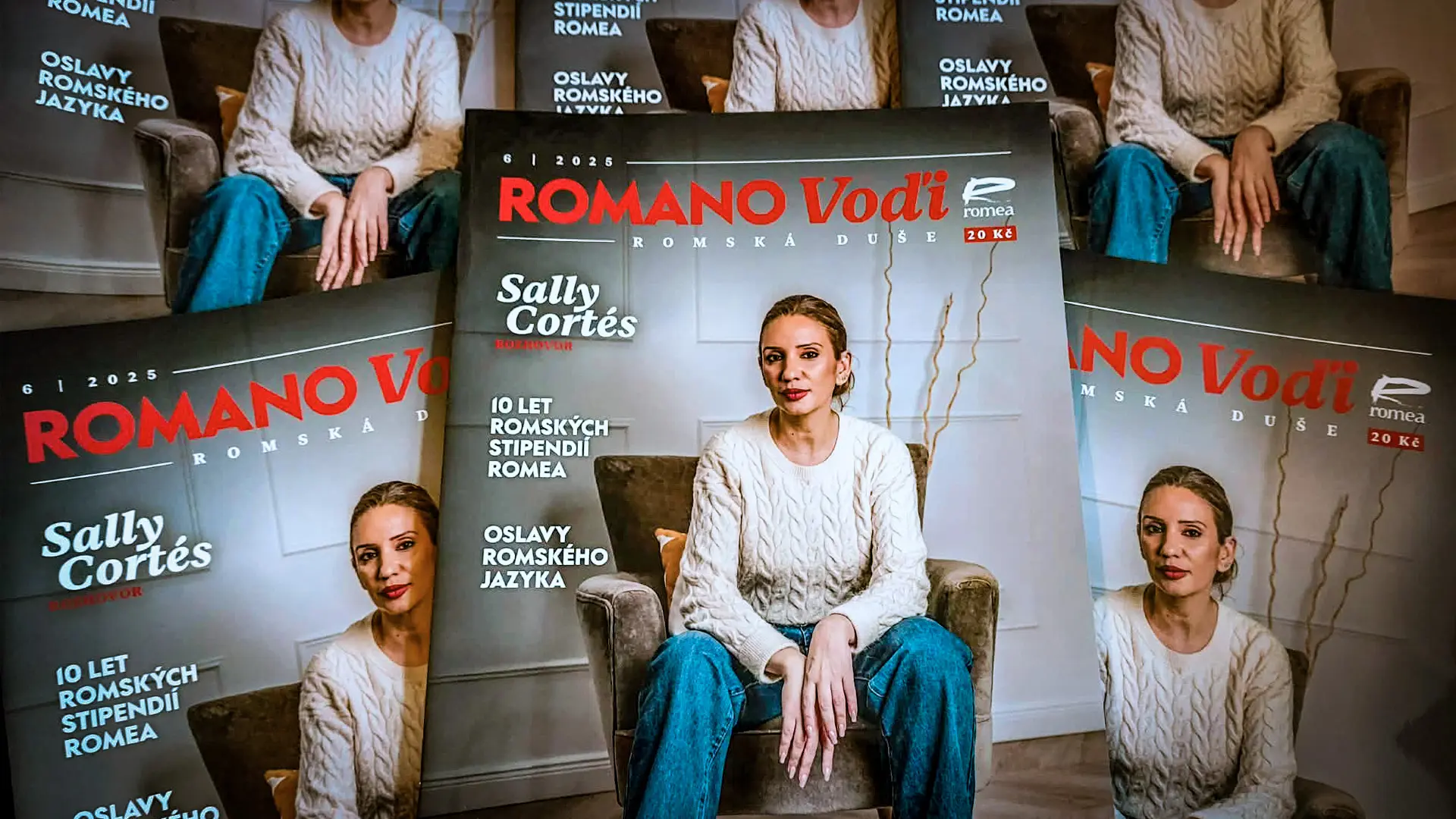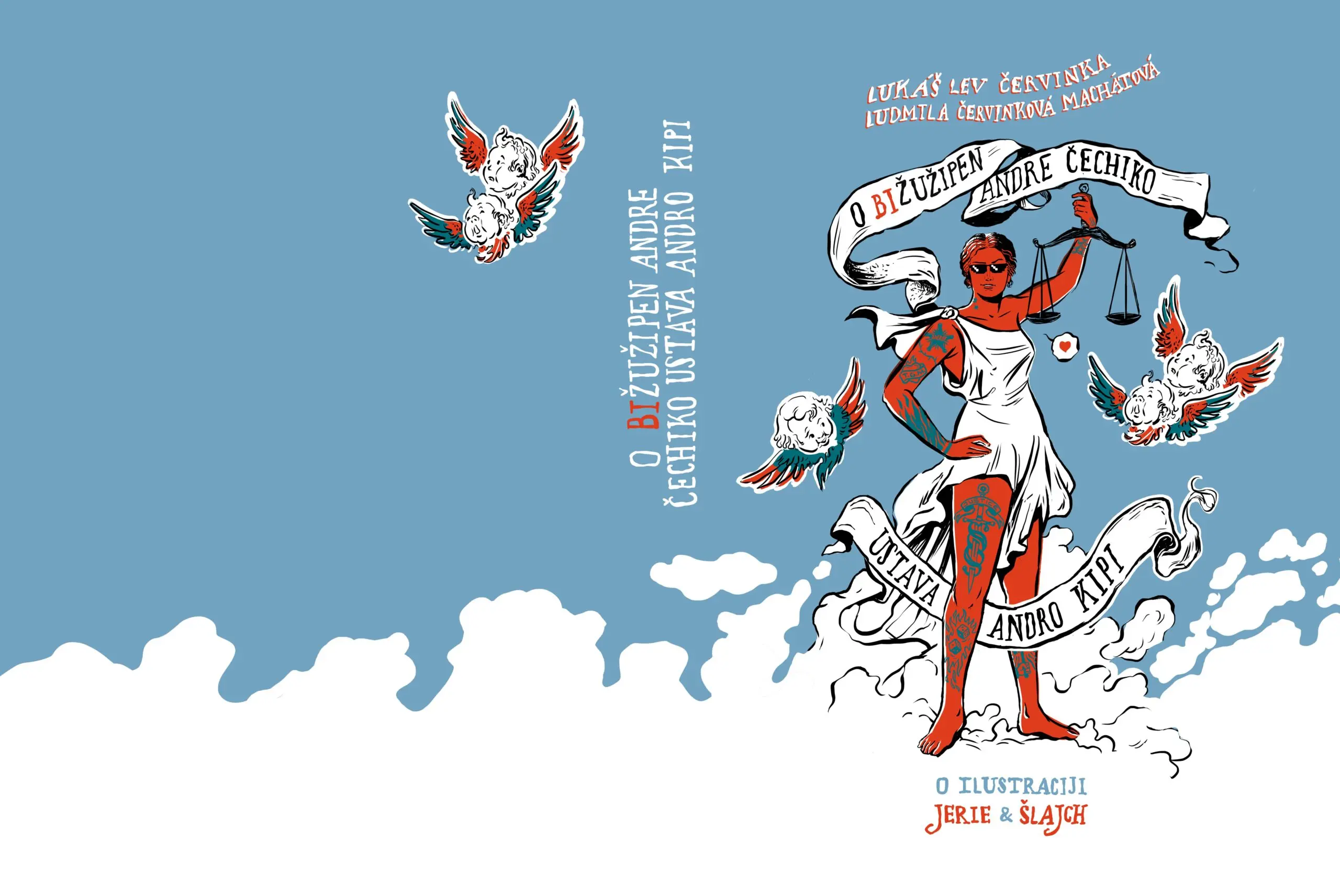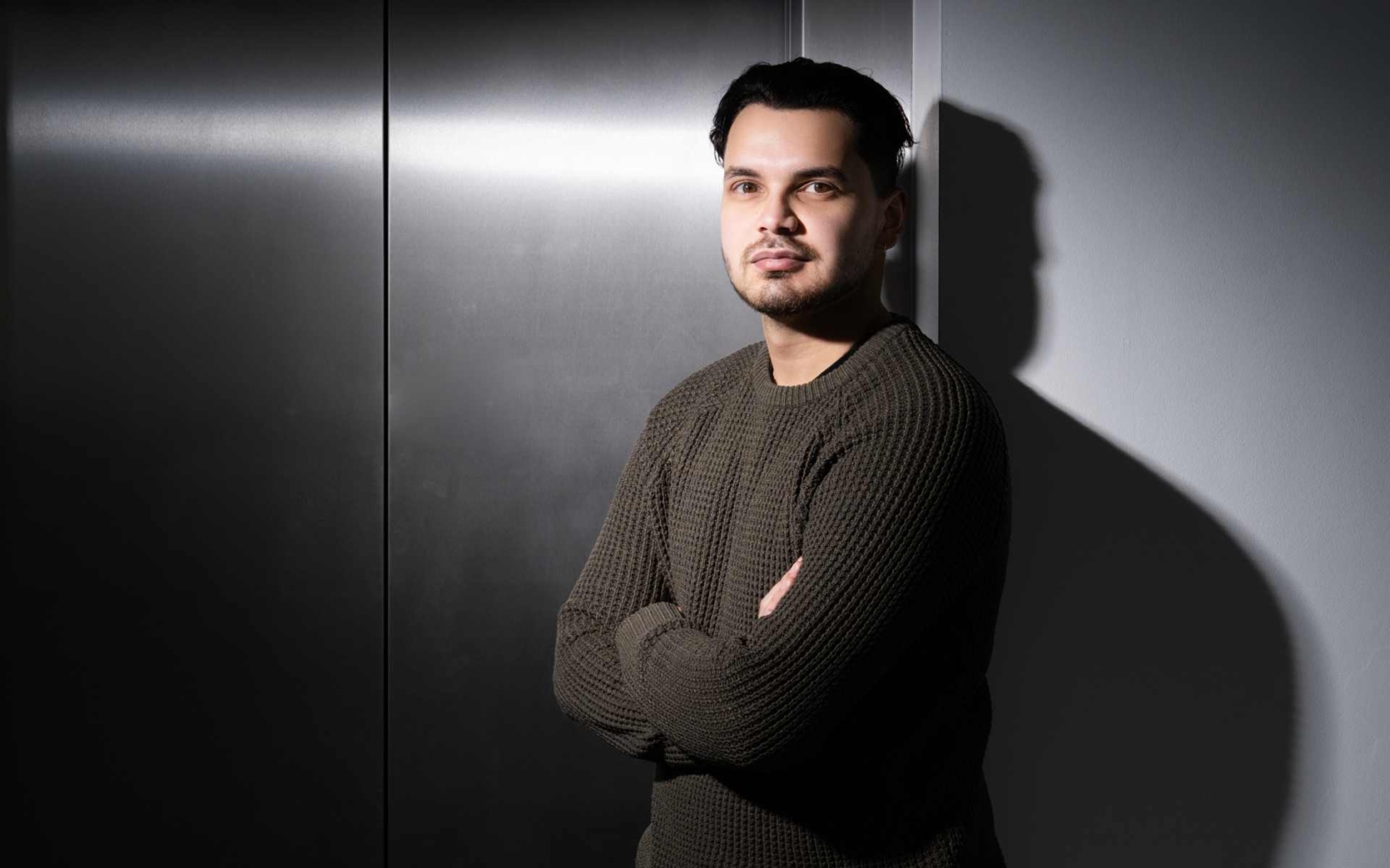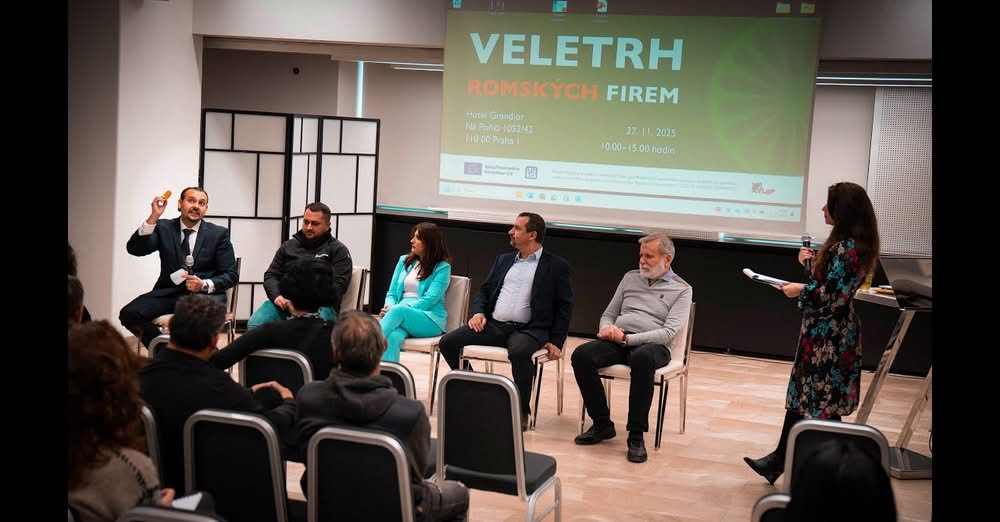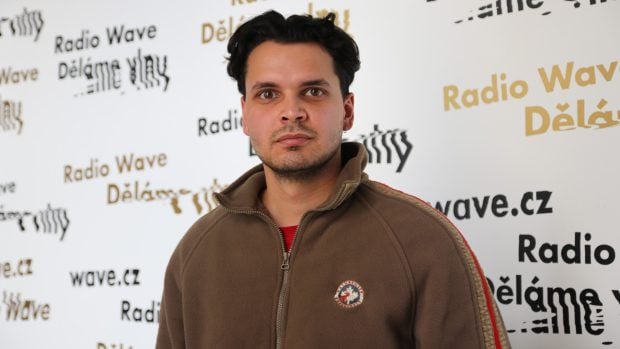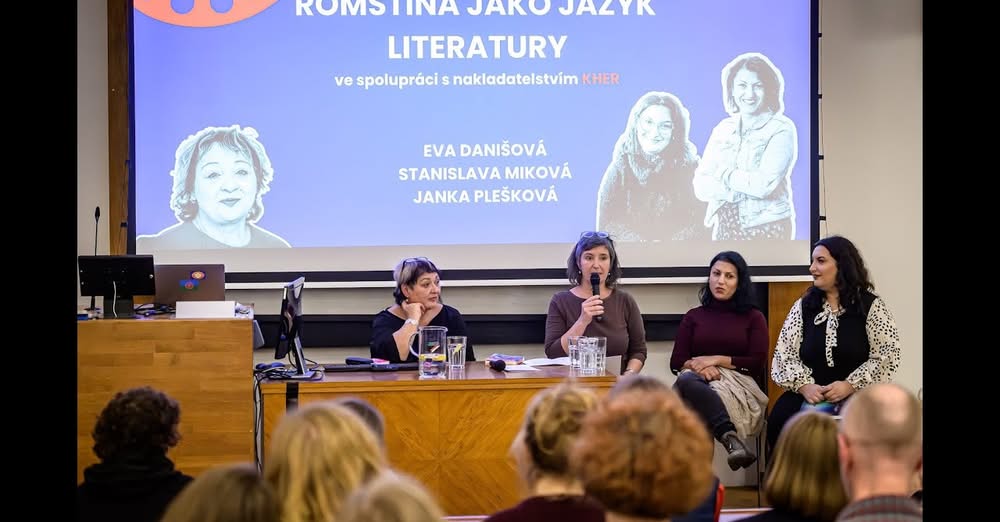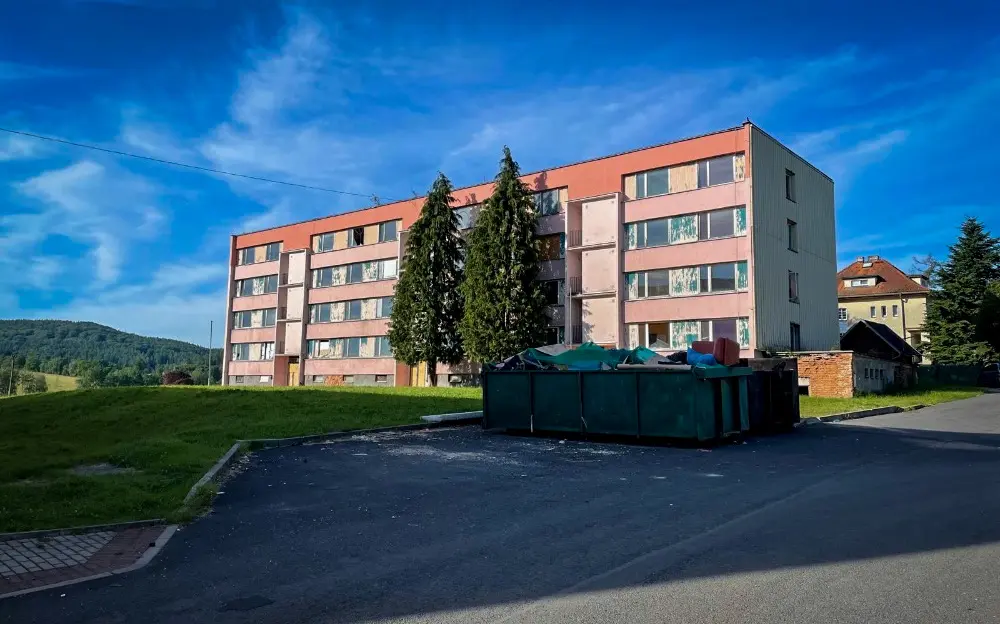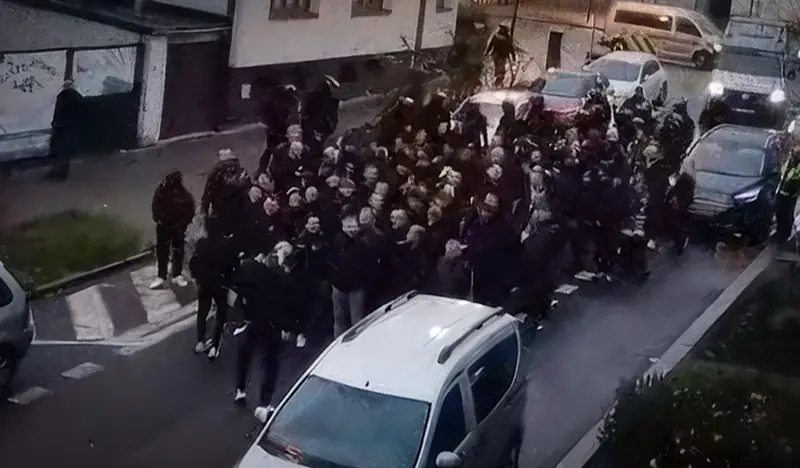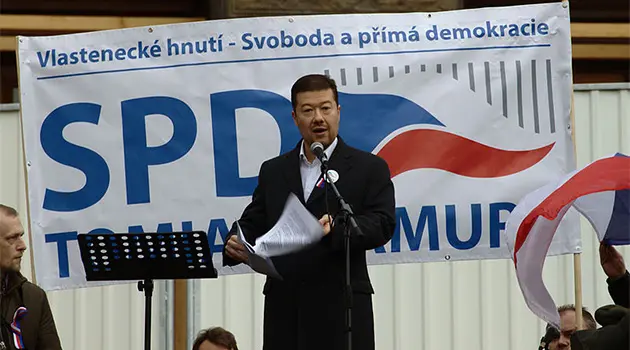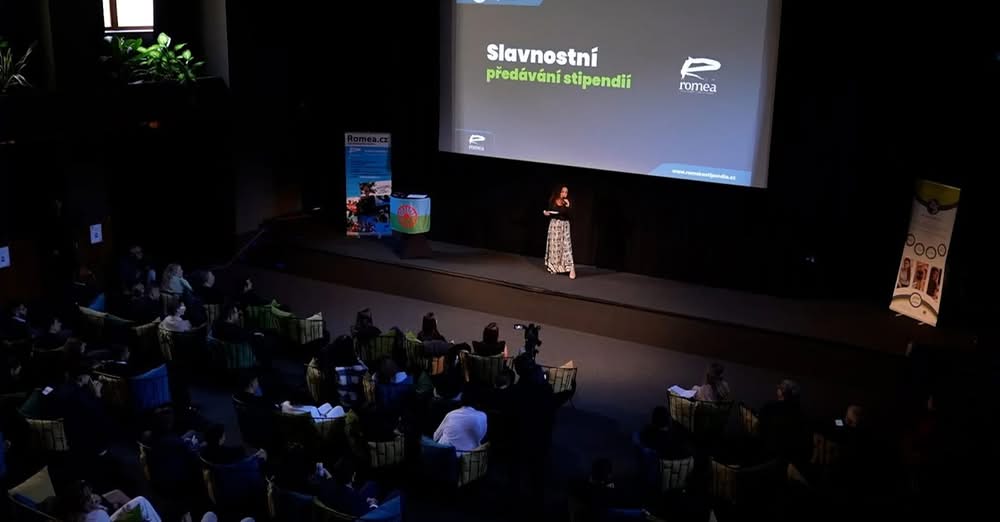Roma have long been portrayed in limited and stereotypical roles in Czech media and film – as victims, perpetrators or caricatures. Alica Sigmund Heráková, founder of the Tuke.TV platform and the TUKINO film festival, talks about why authentic Roma stories, Roma authors and diverse characters are missing in audiovisual media in the new episode of the SODAcast podcast.
- SODAcast #16, Alica Sigmund Heráková: Ve filmu a v televizi chybí skutečné romské příběhy, Romové nejsou jen oběti nebo pachatelé. In: Romea. 29.12.2025. https://romea.cz/cz/domaci/sodacast-16-alica-sigmund-herakova-ve-filmu-a-v-televizi-chybi-skutecne-romske-pribehy-romove-nejsou-jen-obeti-nebo-pachatele#google_vignette
- https://youtu.be/V3yPkIgt-wo

